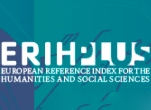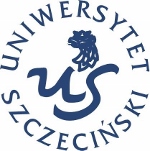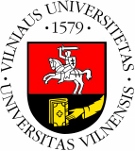Studies and researches
2/2025
Examining Tertiary Education Amid the War in Ukraine: A Synthetic Control Approach
War consistently imposes significant challenges to the functioning and advancement of higher education. To identify the key trends in the development of tertiary education in Ukraine during 2014-2021 amid the war, the synthetic control method (SCM) was employed. The outcome variable for assessing tertiary education development is the gross enrolment ratio of the relevant age group. The broadest set of predictors influencing the dependent variable, for which statistical data is available on the World Bank website, consists of eighteen indicators. Through statistical and expert analysis, sixteen countries were selected for inclusion in the control group. The pre-war period was defined as 2000-2013, with 2014 marking the war’s onset, and 2015-2021 representing the war years. In the first stage, a synthetic model is constructed using the broadest possible dataset. In the second stage, the model’s sensitivity is analyzed, leading to the reduction of predictors to thirteen and the control group to ten countries. Consequently, the adequate synthetic model for the development of tertiary education in Ukraine from 2014 to 2021 was established. A placebo test confirmed that the observed gap between actual and synthetic values for tertiary education in Ukraine is not coincidental. The SCM analysis revealed that, without the war, a decline in demand in tertiary education would have been predicted for the 2014-2021 period. The observed gap underscores the significant impact of the war on Ukraine’s higher education system, providing valuable insights for shaping policy initiatives aimed at advancing tertiary education in the post-war era.
Higher education, synthetic control method, treated unit, control units, predictors, forecasting
I23, C14, C87
I23, C14, C87














